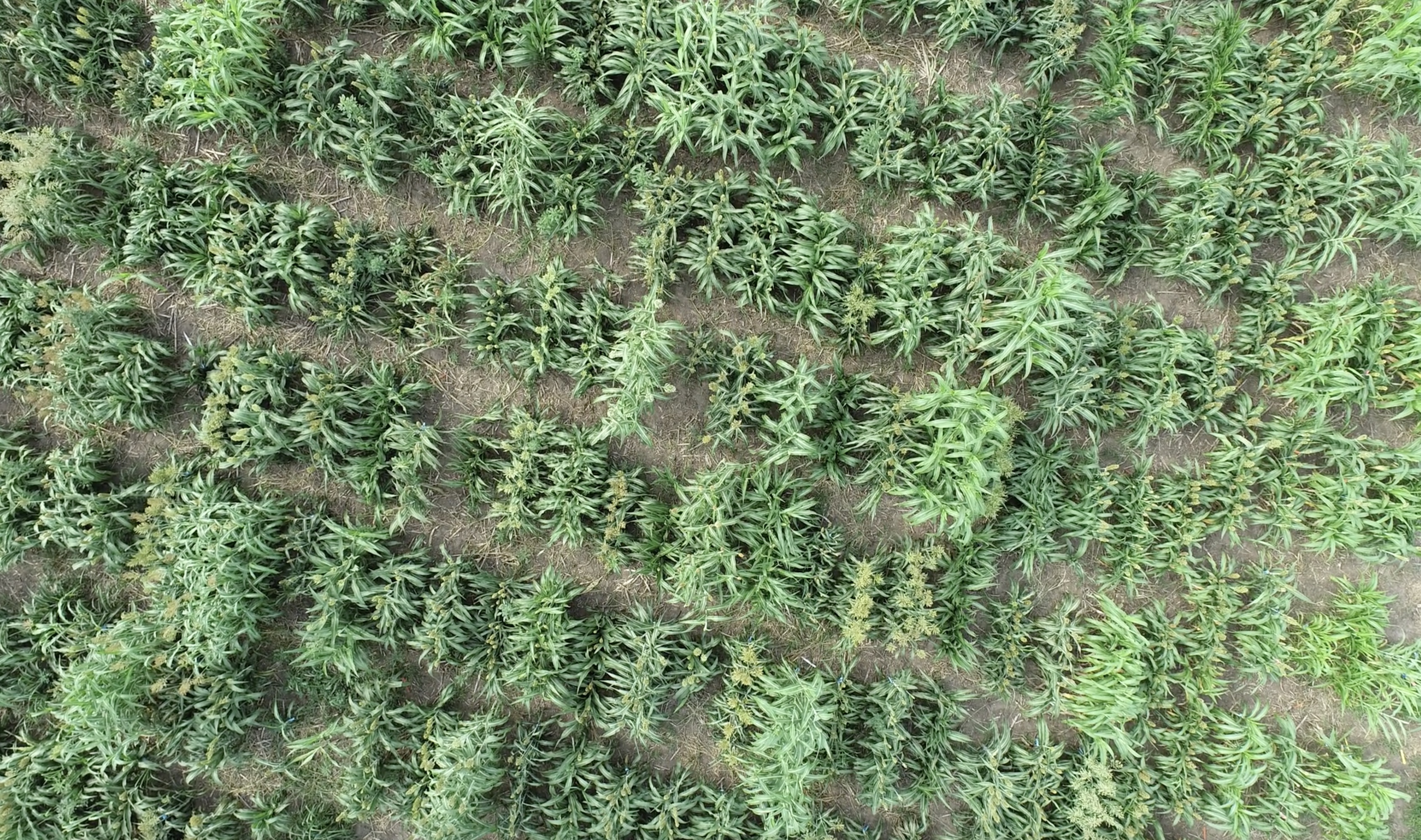
As nitrogen fertilizer prices rise across the country, a research team that includes University of Nebraska–Lincoln scientists has gained new resources and partners as they work to decrease the amount of nitrogen that crops such as sorghum and corn require to reach their maximum yield potential.
The National Science Foundation recently awarded supplemental funding to the project, which received $3.9 million in 2018 for a four-year collaborative project between Nebraska and the Alabama-based HudsonAlpha Institute for Biotechnology. The two-year supplement will fund expansion of the partnership to include Alabama A&M University and support field trials and testing, which will build on the project’s early-stage research conducted in controlled environments such as the Greenhouse Innovation Center at Nebraska Innovation Campus.
Recent increases in the price of nitrogen fertilizer, a critical input for farmers growing crops in Nebraska and around the world, underscore the need for new crop varieties that can produce more grain from less fertilizer. Soaring energy prices, elevated freight costs, increased tariffs and extreme weather events are driving the costs of nitrogen fertilizer production and distribution to new heights. Simultaneously, concerns are growing about the effects of nitrogen fertilizer runoff on rural drinking water quality and ecosystem services. The situation highlights the challenges faced by Nebraska farmers, and producers worldwide, as they work to boost the food supply to meet demand from a population estimated to reach 10 billion by 2050.
“Increasing efficiency is one of the very few potential win-win-wins in agriculture,” said James Schnable, Charles O. Gardner Professor of Agronomy. He leads the Nebraska team, which also includes Tom Clemente, Eugene W. Price Distinguished Professor of biotechnology; Yufeng Ge, Harold W. Eberhard Distinguished Professor of biological systems engineering; and Jinliang Yang, assistant professor of agronomy and horticulture. “Crops that use nitrogen more efficiently make it possible to sustain or increase crop yields while reducing the environmental footprint of agriculture, and increase farmer profits per acre at the same time. At current prices for anhydrous ammonia, lots of farmers in Nebraska will have to spend more than $100 per acre on nitrogen fertilizer next year.”
During the next phase of the project, the team will shift its focus from studying the gene regulatory networks of a sorghum line known as Tx430 to conducting field tests using a set of 406 sorghum varieties assembled from around the world. The researchers will grow the lines under nitrogen-sufficient and deficient conditions, planting in both Nebraska’s temperate environments and the subtropical conditions of Alabama. Throughout the season, they will collect data on sorghum traits associated with yield by using manual measurements, high-throughput phenotyping measurements and drone-based automated phenotyping. Those measurements will be used to identify genes and gene regulatory networks associated with how well different sorghum lines can tolerate or thrive in different situations.
“We started working with sorghum back in 2018 for two reasons,” Schnable said. “The first is that it can grow on marginal crop land where crops like corn wouldn’t have enough water to thrive. But sorghum is also much more resilient to shortages of nitrogen than corn. In my field trials, a certain treatment may have corn looking sickly and yellow, but the untrained eye wouldn’t be able to tell the difference between the sorghum plots with or without fertilizer before the harvest. While the focus of this project is figuring out how sorghum handles adapting to soils with little nitrogen, my hope is that results we generate will serve as a roadmap for making corn more efficient, as well.”
The partnership with Alabama A&M, a historically Black, land-grant university, reflects the Nebraska Center for Plant Science Innovation’s priority of strengthening collaboration between the university and HBCU researchers and students. The NSF funding will support Alabama A&M undergraduates to conduct research at Nebraska and HudsonAlpha during the summer, diversifying the pipeline of future graduate students and researchers in the agrisciences.
The collaboration will also enable the Nebraska and HudsonAlpha contingents to share their expertise in digital and precision agriculture, particularly the use of drones and other high-tech instruments, such as robots, cameras and laser scanners, to assess the physical characteristics of plants. They will collaborate with Alabama A&M’s Ernst Cebert and Xianyan Kuang to bolster that institution’s capacity for drone-based automated phenotyping, the adoption of which is a priority for Alabama A&M.
“Alabama A&M is excited to be a part of this NSF-funded project,” said Cebert, who directs the Winfred Thomas Agricultural Research Station at the university. “In addition to playing a part in such a scientifically and environmentally impactful project, it is also important to us that we will be contributing to the training of the future biosciences workforce.”








